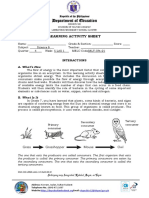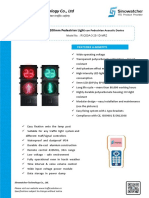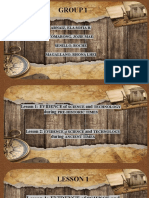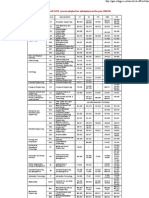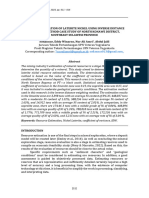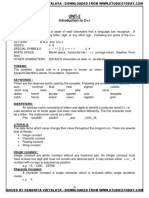0% found this document useful (0 votes)
6K views16 pagesQ1 LE Science 8 Lesson 5 Week 5
This document is a lesson exemplar for Grade 8 Science, specifically focused on the classification of living things within the MATATAG K to 10 Curriculum for the school year 2024-2025. It outlines curriculum content, performance standards, learning competencies, and various teaching activities aimed at enhancing students' understanding of biological diversity and classification systems, including the six-kingdom and three-domain systems. The material is intended for teachers involved in the pilot implementation and includes resources and activities to facilitate effective teaching and learning.
Uploaded by
virma.sagcalCopyright
© © All Rights Reserved
We take content rights seriously. If you suspect this is your content, claim it here.
Available Formats
Download as PDF, TXT or read online on Scribd
0% found this document useful (0 votes)
6K views16 pagesQ1 LE Science 8 Lesson 5 Week 5
This document is a lesson exemplar for Grade 8 Science, specifically focused on the classification of living things within the MATATAG K to 10 Curriculum for the school year 2024-2025. It outlines curriculum content, performance standards, learning competencies, and various teaching activities aimed at enhancing students' understanding of biological diversity and classification systems, including the six-kingdom and three-domain systems. The material is intended for teachers involved in the pilot implementation and includes resources and activities to facilitate effective teaching and learning.
Uploaded by
virma.sagcalCopyright
© © All Rights Reserved
We take content rights seriously. If you suspect this is your content, claim it here.
Available Formats
Download as PDF, TXT or read online on Scribd
/ 16































